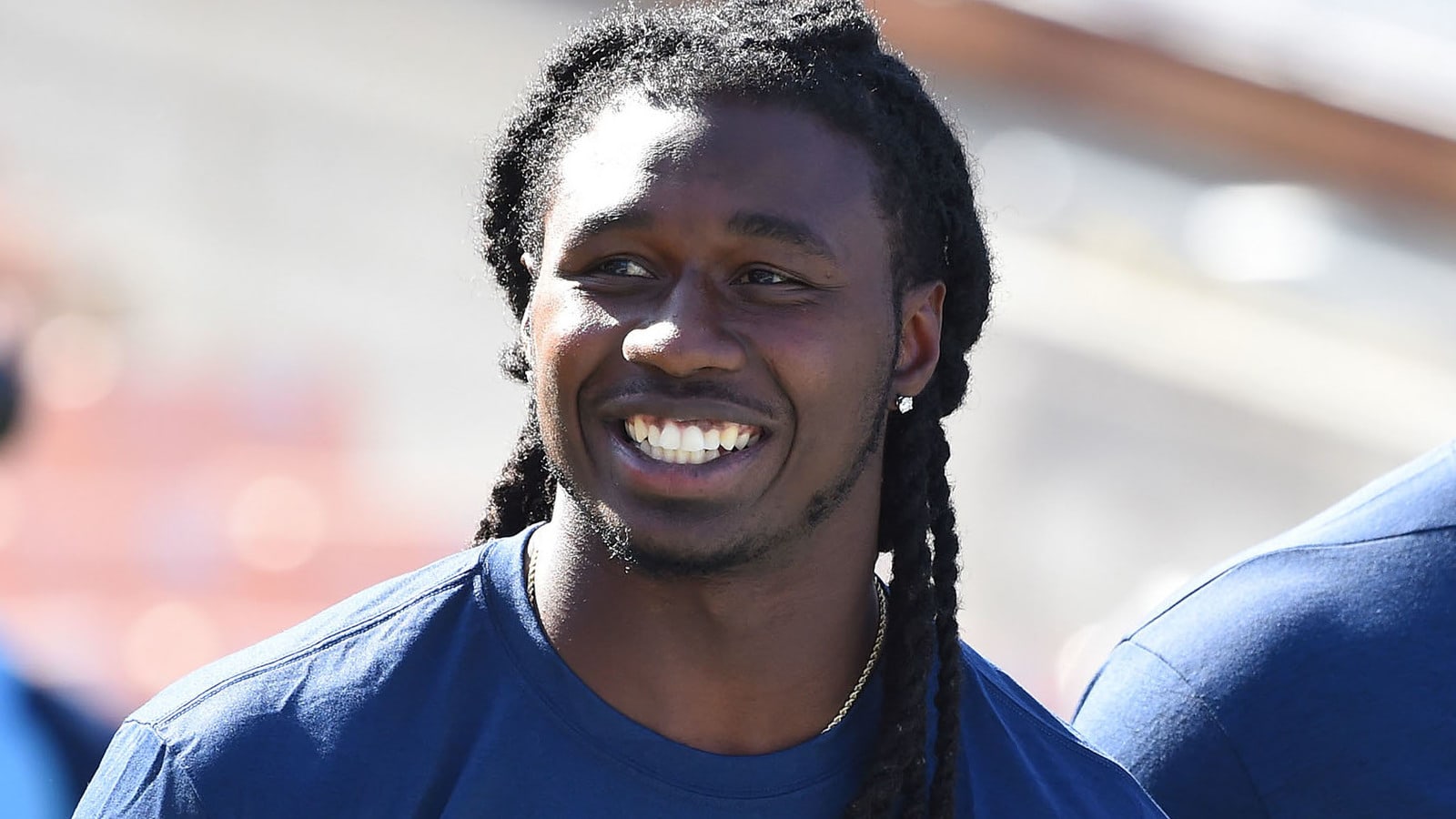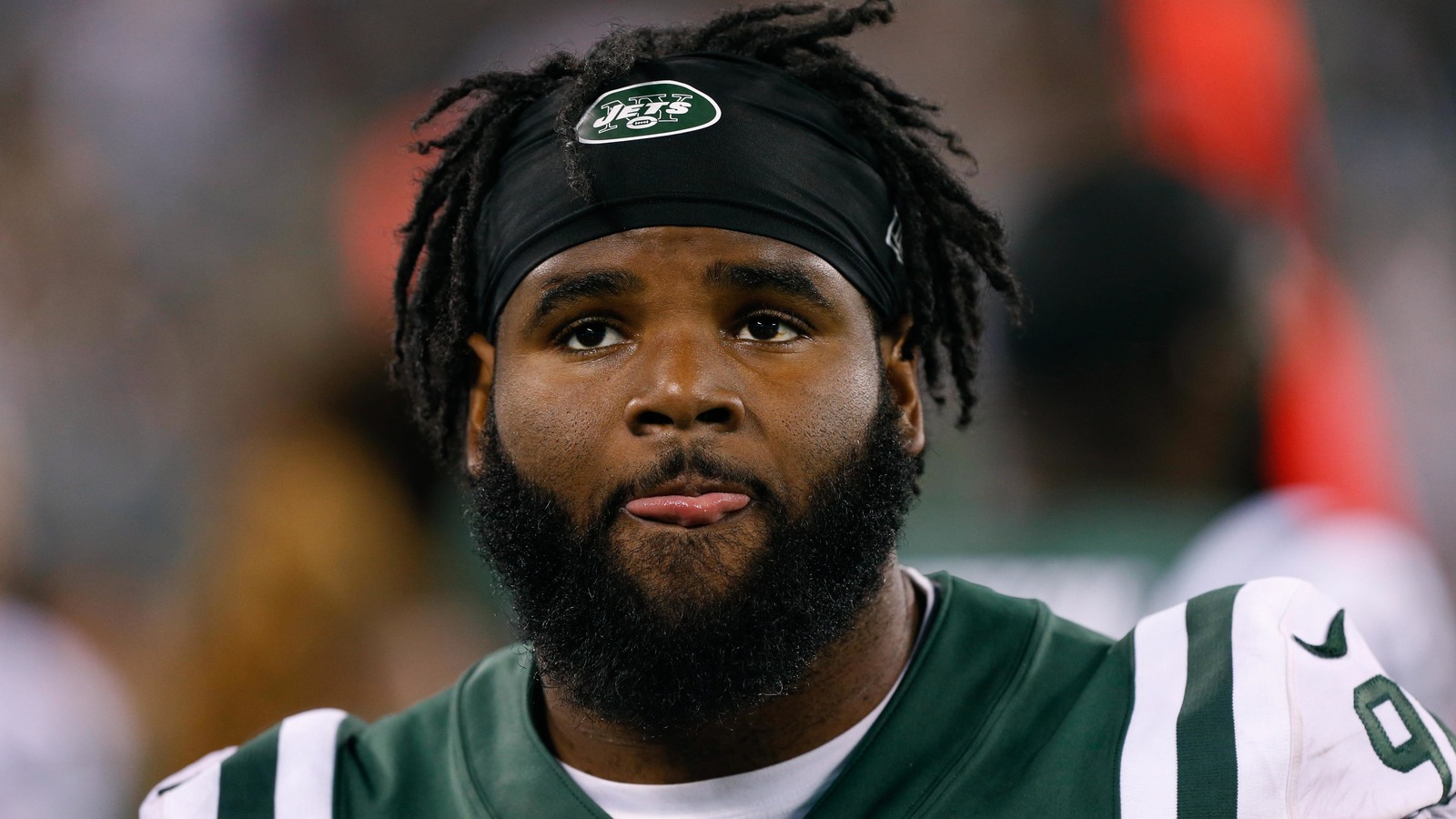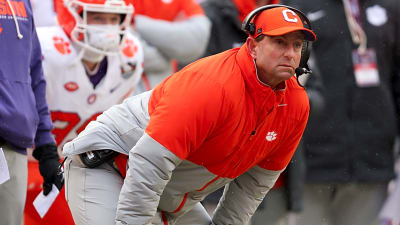
What's behind the NFL's recent trade frenzy?
Typically, in the month leading up to the start of the NFL regular season, the type of roster move made by NFL teams is either trimming through cuts to the final 53-man mark or perhaps snagging a player through waivers who was jettisoned in a similar move by another franchise.
2017 was quite different. There was a flurry of trades to the extent that, some days, one could be forgiven thinking it felt like day one or two of the NFL Draft. Thirty trades went down between the first day of August and the start of this week, more than double the average of the previous nine years and the most of any single year in that span.
With a sample set like that, there’s little chance of knowing whether it’s a statistical aberration or something significant. Just the perception of an outlier prompts theories aplenty from analysts.
There was an abundance of new general managers installed over the last few months, ready to make a splash they would otherwise be unable to make until next offseason. New Buffalo GM Brandon Beane in particular has lent credence to that viewpoint, doing away with Sammy Watkins, Reggie Ragland and Cardale Jones — players on deep discounts.

It's not just middling teams that have been active. Several teams already expected to contend made sweeping moves. The Seahawks picked up four players, including Sheldon Richardson, along with four picks. The Patriots made five trades, the most important of which involving getting receiver Phillip Dorsett from the Colts in exchange for quarterback Jacoby Brissett. The Pats needed receiving help after losing starter Julian Edelman for the season to injury.
Perhaps the team that signaled the most with last-minute moves was Pittsburgh, a team not often active in trades, indicating it’s this year or bust with its championship hopes. That strategy makes sense given that Ben Roethlisberger has repeatedly indicated his willingness to retire, both at the end of last season and at the start of training camp.
The Steelers picked up tight end Vance McDonald from San Francisco and safety J.J. Wilcox from Tampa Bay.
Throwing big money at cornerback Joe Haden to start immediately after he was cut by the Browns wasn’t a trade, but it felt like it was part of one given that the Steelers the same week sent receiver Sammie Coates to Cleveland for a late-round pick. The return of Martavis Bryant and the addition of JuJu Smith-Schuster in the draft and veteran Justin Hunter in free agency meant an even more limited role for Coates in the Pittsburgh offense in 2017. His issues with drops and injuries made him a strong possibility to be cut anyway.
That 2018 sixth-round pick the Steelers received in the Coates deal was the same one they sent to the Browns almost exactly a year ago in a flier trade for cornerback Justin Gilbert just before the start of the regular season. If Pittsburgh hasn’t been able to fully fix its secondary organically, the team has been more than willing to patch the holes with Cleveland castoffs.

Even with all that, head coach Mike Tomlin brushed off any signal of urgency from the moves. Tomlin told the AP the moves were indicative of changes “globally” among NFL teams.
“It’s a normal procedure for us,” Tomlin said. “We’re always trying to get better this time of year. Always open to signing guys capable of helping us.”
Even if Tomlin is trying to downplay what is clearly a significant year for the Steelers, he has a point about the change in tactic.
This spring, the NFL eliminated the 75-man roster cut down, which took place between the third and fourth preseason games, meaning that teams would go immediately from 90 players to 53 before the start of the regular season rather than a more gradual process.
That means more players hitting the market at once, providing a frenzy of potential changes available across the league, though it doesn’t entirely explain the glut of trades. After all, if teams know a player is about to hit the market, there’s little use in trading for him other than bypassing another team that might be interested. All that really says is that some teams are willing to take chances with late-round picks just to get a marginal player they want now.
Only three of the 26 draft picks dealt over the past month were outside the fifth, sixth and seventh rounds. It’s possible that GMs increasingly see these late picks as less valuable assets compared to a veteran who could help the team right away. It’s possible the more dramatic preseason cut down creates more chaos, thereby putting more pressure on GMs to deal picks to solidify rosters. It’ll be a few more years before we can say anything for sure. In the meantime, it did make the preseason marginally more exciting, and that's always appreciated.
More must-reads:
- Belichick offers hilarious quote about Jacoby Brissett trade
- Report: Vikings to acquire CB Tramaine Brock in trade with Seahawks
- The 'First round wide receivers' quiz
Breaking News
Trending News
Customize Your Newsletter
 +
+
Get the latest news and rumors, customized to your favorite sports and teams. Emailed daily. Always free!








